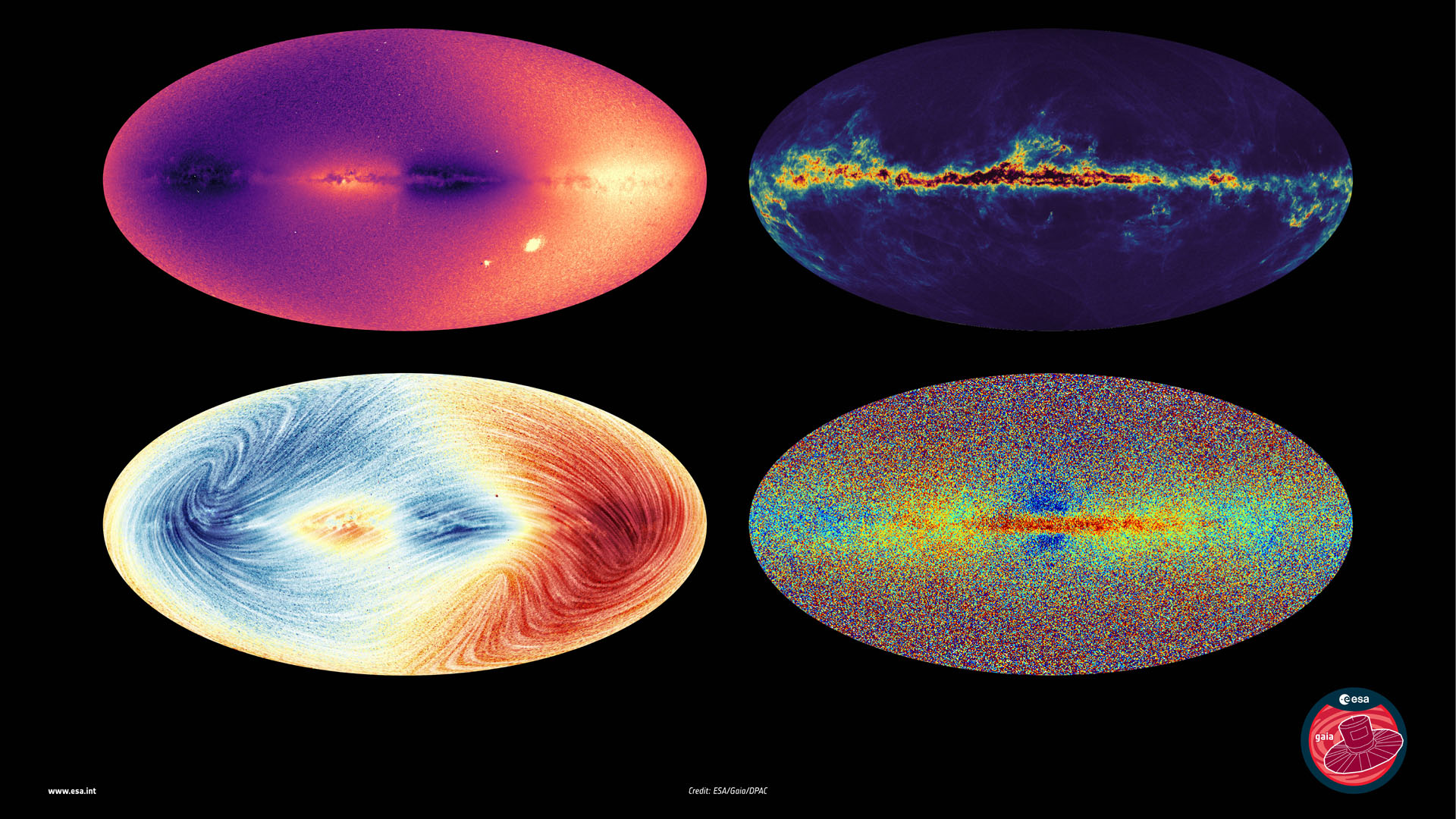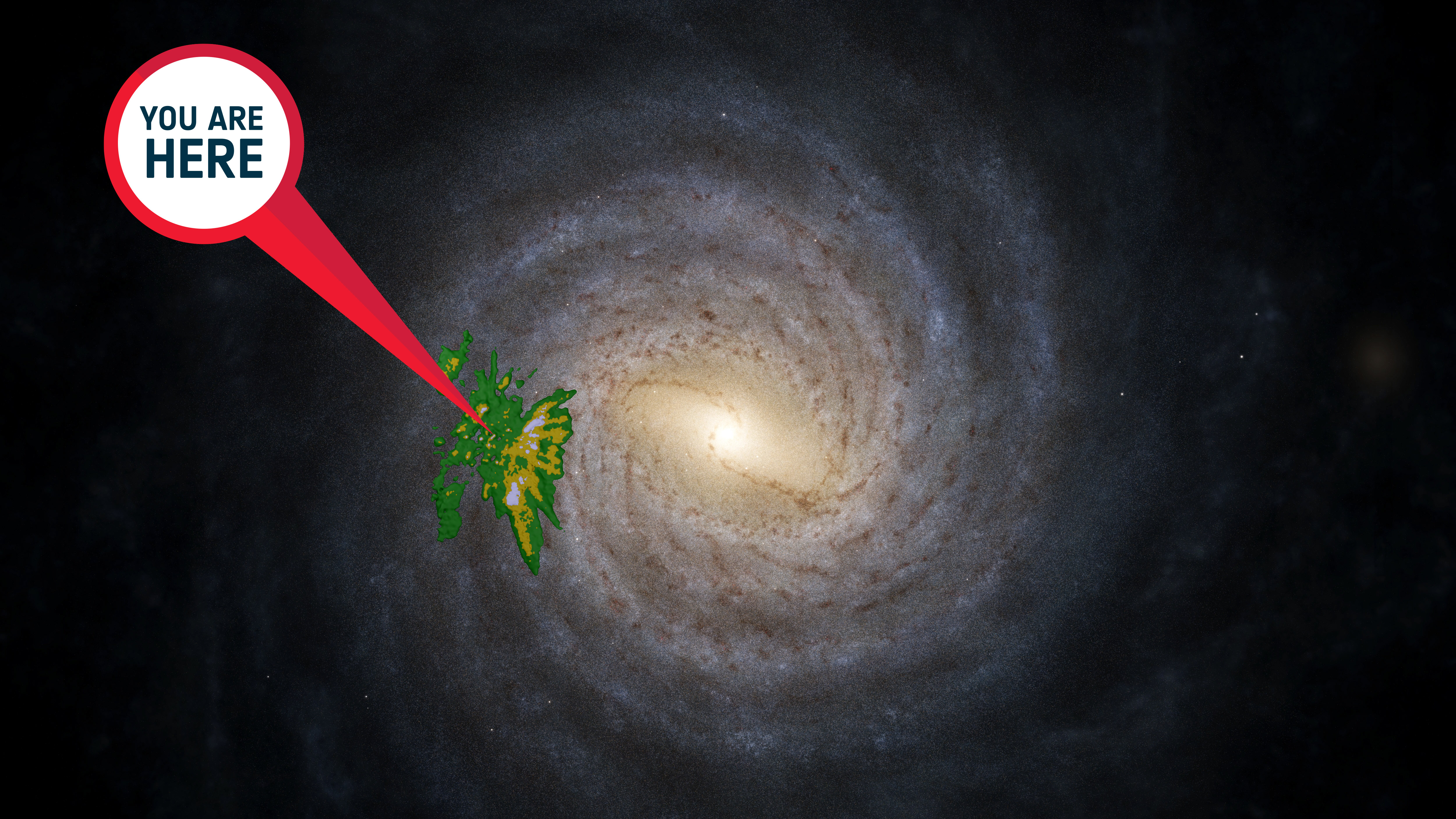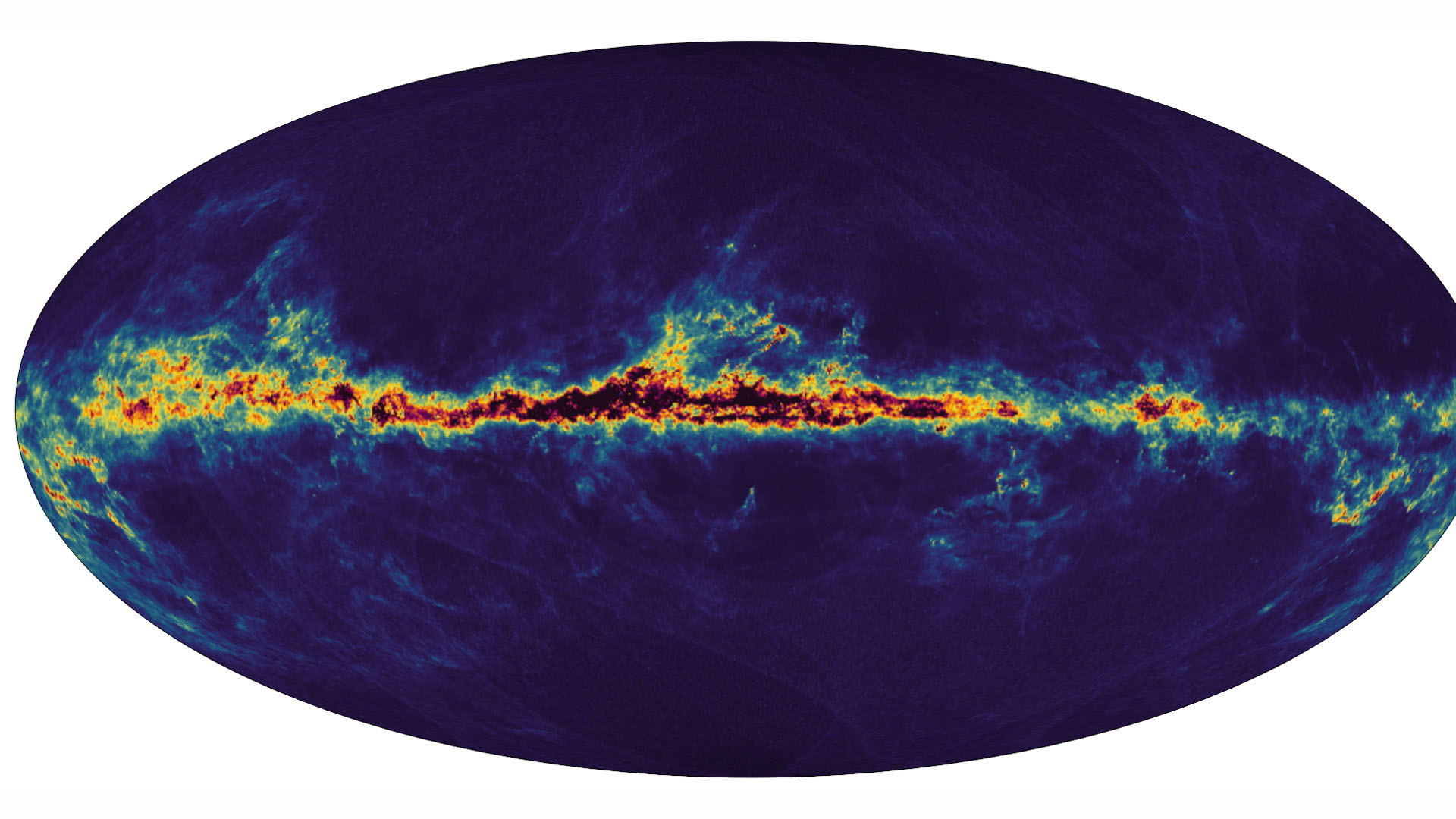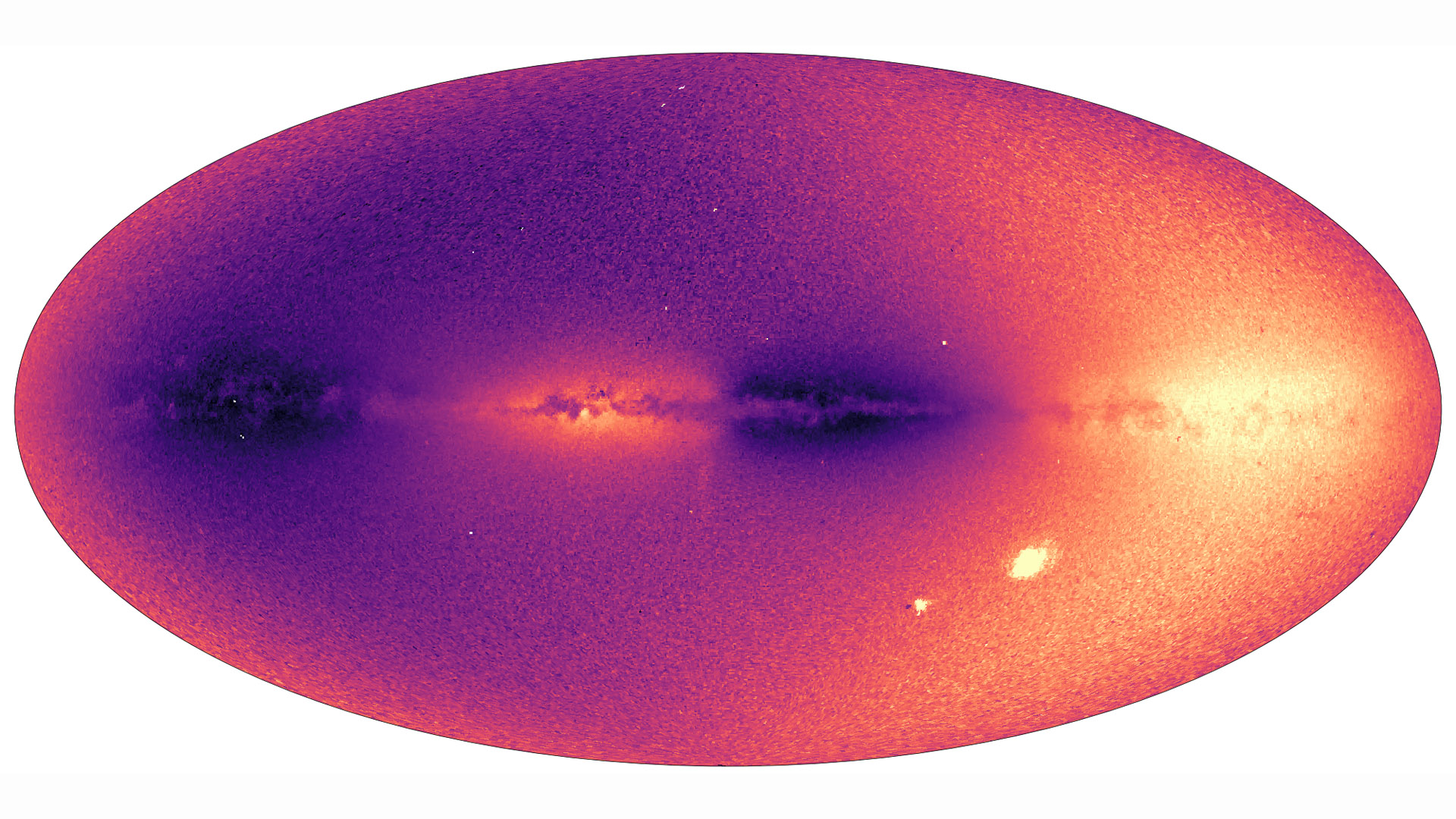'Starquakes' shake the surface of thousands of stars, Gaia galaxy mapper reveals
"Blinking stars do offer astronomers a very powerful tool to study their internal physics and chemistry."

The galaxy-mapping mission Gaia has detected thousands of stellar earthquakes that might provide new insights into the inner workings of stars.
The discovery is rather surprising as the spacecraft was not designed to do such work, Conny Aerts, an astronomer at the Catholic University of Leuven, Belgium, said in a European Space Agency (ESA) press conference on Monday, June 13.
"These vibrations make the stellar gas move up and down," Aerts said. "And it changes the brightness of the star as a function of time. So it makes the stars blink in the sky."
Gaia, launched in 2013, measures the exact positions in the sky, distances from Earth, speeds and trajectories of 2 billion stars in our galaxy, the Milky Way. The mission is best known for creating the most detailed map of our galaxy. The latest data release, however, adds information about brightness levels, masses and temperatures of half a billion stars and detailed chemical compositions of several million of these. It is from these additional data that astronomers can glean an increasingly colorful picture of the galaxy's life and the behavior of the stars in it.
Related: 4 big Milky Way mysteries the next Gaia mission data dump may solve
The stellar earthquakes were discovered in a subset of observations focusing on the distribution of variable stars in the Milky Way galaxy, that is stars whose brightness changes over time.
"Blinking stars do offer astronomers a very powerful tool to study their internal physics and chemistry," said Aerts. "It's like earthquakes on Earth. Seismologists love earthquakes if they're not too violent, because these allow us to understand what is happening inside our planet. And astroseismologists do the same, but for stars."
Get the Space.com Newsletter
Breaking space news, the latest updates on rocket launches, skywatching events and more!
The June 13 Gaia data release also contains the largest ever compiled data set of binary star systems in our galaxy, that is pairs of stars (or stars and blackholes) that orbit each other.
"This is something that the astronomical community is very excited about because binary stars, for example, are the only way in which you can actually measure the mass of stars directly," Anthony Brown, an astronomer at the University of Leiden, the Netherlands, and the chair of the Gaia Data Processing and Analysis Consortium (DPAC) which prepared the data for the public release, told Space.com. "We can also detect some really interesting things like stars that have neutron stars or black holes as companions."
This new data set contains 40 times more binary star systems than have been previously known and studied, Antonella Vallenari, an astronomer at the Padova Observatory and DPAC deputy chair, said in the news conference.
Brown described the new data release as "a supermarket of astronomical data" that the world's astronomers will be regularly visiting over the coming years and decades. Another addition to the data supermarket's range are measurements of the so-called radial velocities, the speeds at which stars move away or towards Gaia, of more than 30 million stars. Since stellar motions follow the rules of physics, astronomers can model their trajectories into the past and future, reconstructing the Milky Way's evolution over eons and in three dimensions.
"We ingested 940 billion observations of 2 billion [light] sources to produce the data release," said Brown. "What we are releasing today consists of 10 terabytes of compressed data, which is the richest set of astronomical data ever published."




But Gaia doesn't see only the stars in the Milky Way. It also observes objects in our solar system. The new release will therefore make a huge contribution to the research of asteroids as it contains data on chemical compositions of 60,000 solar system space rocks. Previously, only 4,500 asteroids had their chemical compositions known, ESA Gaia project scientist Jos de Bruijne told Space.com.
"That's an increase by a factor 13," De Bruijne said.
The data set also contains precise information about the orbits of these asteroids, allowing astronomers to spot potential dangers for Earth, but also to analyze asteroid families based on their chemical compositions and track them to their origins.
DPAC is already hard at work on the next batch of Gaia data, which is expected to contain a massive catalog of newly discovered exoplanets. The mission will continue scanning the sky until 2025 when it runs out of fuel.
Follow Tereza Pultarova on Twitter @TerezaPultarova. Follow us on Twitter @Spacedotcom and on Facebook.
Join our Space Forums to keep talking space on the latest missions, night sky and more! And if you have a news tip, correction or comment, let us know at: community@space.com.

Tereza is a London-based science and technology journalist, aspiring fiction writer and amateur gymnast. Originally from Prague, the Czech Republic, she spent the first seven years of her career working as a reporter, script-writer and presenter for various TV programmes of the Czech Public Service Television. She later took a career break to pursue further education and added a Master's in Science from the International Space University, France, to her Bachelor's in Journalism and Master's in Cultural Anthropology from Prague's Charles University. She worked as a reporter at the Engineering and Technology magazine, freelanced for a range of publications including Live Science, Space.com, Professional Engineering, Via Satellite and Space News and served as a maternity cover science editor at the European Space Agency.









